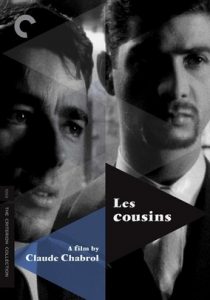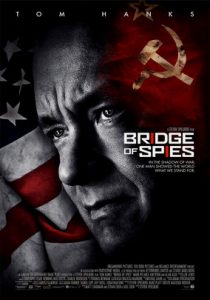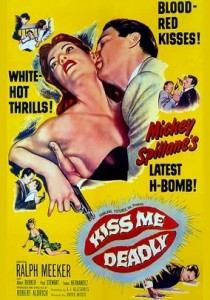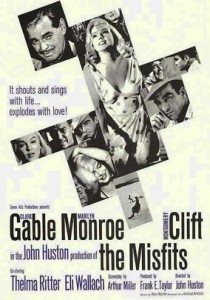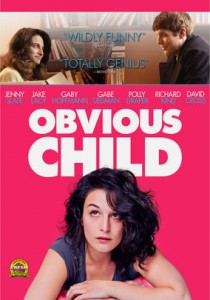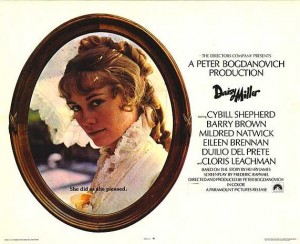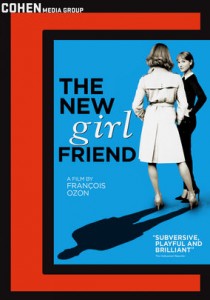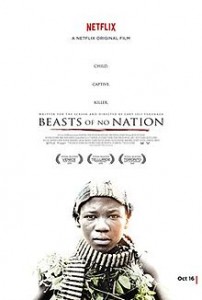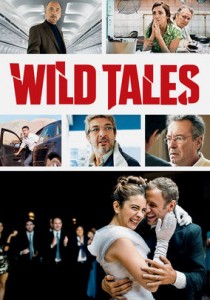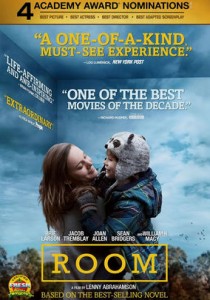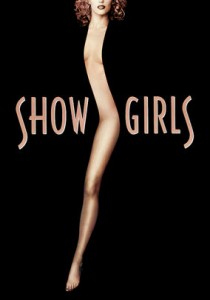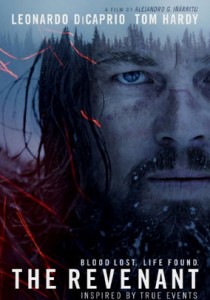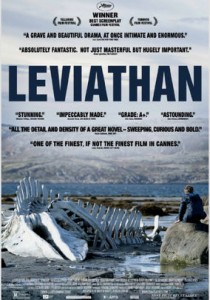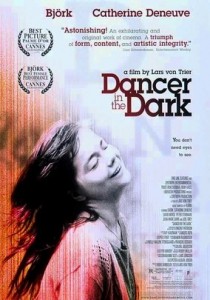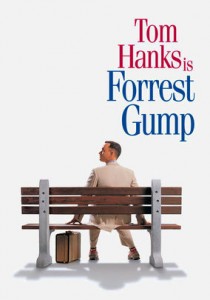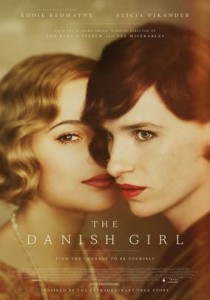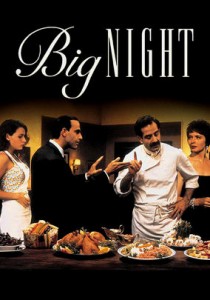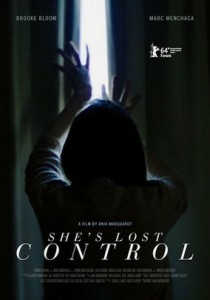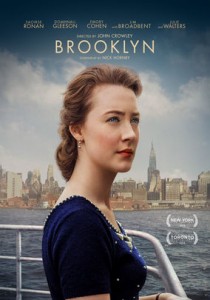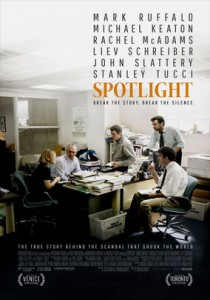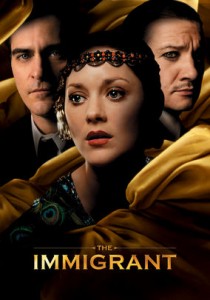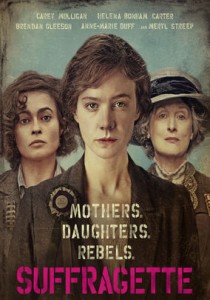Les Cousins-1959
Director Claude Chabrol
Starring Gerard Blain, Jean-Claude Braily
Scott’s Review #402
Reviewed May 5, 2016
Grade: A-
Les Cousins is a 1959 Claude Chabrol French-language film.
Made in black and white and set in Paris, the focus is on metropolitan life as seen from the perspective of one of the main characters, who is from the country and far removed from the bustle and complexities of city life.
The focal point is contrasting traits- personality, background, and otherwise. The film delves into psychological aspects that lend themselves to making the film a character-driven, thought-provoking experience.
Les Cousins is open to many interpretations. The film, therefore, has many nuances to ponder and sink one’s teeth into deep thought.
Les Cousins is about two male cousins, Charles and Paul.
They appear to be similar in age and are both law students, but they are opposites in almost every other way. Paul is the alpha male—self-centered, quick-tempered, and forceful. Living an affluent life in the heart of Paris, he has many friends, is a social butterfly, and has no filter on his criticisms and judgments of others.
On the other hand, Charles has an entirely different set of qualities. Sent by his mother to live with Paul and study for the agonizing, impending law exam, Charles is meek, quiet, and insecure.
When Charles meets Florence, a beautiful friend of Paul’s, who has a reputation for “sleeping around”, Charles falls madly in love with her, almost love at first sight, unaware of her reputation.
What follows is a strange triangle between Paul, Florence, and Charles that is laced with jealousy, revenge, and ultimately violence.
The relationships between the three principal characters are interesting to consider and are at the film’s heart.
When Paul realizes Charles is in love with Florence, does this turn of events disturb him? Does he feel sorry for Charles or elicit some perverse joy in bedding Florence in front of Charles? If so, why does he resent Charles?
Is Florence in love with Charles, or is it a guise? Does she even realize the extent of his love for her? A sexually expressive woman, she is not outlandish in her appearance and seems quite virginal to the outside viewer.
Does she enjoy the fact that the unwitting Charles sees her as pure? Does she wish that she was virginal?
Finally, the complexity of Charles’ character is mysterious. We learn that he writes letters to his mother to give updates on his studying habits and exams.
Does he harbor resentment toward his mother? Is he a “mama’s boy”? Is he overwhelmed in the city? Does he genuinely love Florence (tough to believe after one or two dates) or yearn for the freedom that she represents?
We see countless scenes of Paul and his good-looking friends engaging in various forms of merriment, usually in his modern apartment overlooking the city.
He is affluent. Is this the main reason for his popularity?
The partygoers are all well-dressed and very good-looking—sort of a fraternity party for the exceptionally tailored, if you will.
Interestingly, a female couple- appearing to be a lesbian couple- featured numerous times at the parties. Is this meant to show Paul and Parisians as open-minded and progressive?
A revolver- with only one bullet in a six-chamber gun prevalent throughout the film in a Russian roulette sequence comes into play after the film.
In the last sequence, someone is mortally wounded without ultimately revealing the ending, and we are left to ponder what is happening now.
Are the survivors lives forever changed and ruined? A knock at the door just before the credits roll leaves us wondering who is there.
My one complaint about Les Cousins is that exploring its complexities takes a long time. After the film ended, I was left pondering more than wholly engaged.
I also wondered if the pompous and over-indulgences were slightly overdone to elicit more audience reaction and contrasting elements between Paul and Charles.
A French new wave experience by one of France’s best directors, Les Cousins (1959) is a character study of three fascinating characters that leave the audience thinking about their lives past, present, and future, comparing their idiosyncrasies, actions, and thoughts to delve deeper into their psyches.
